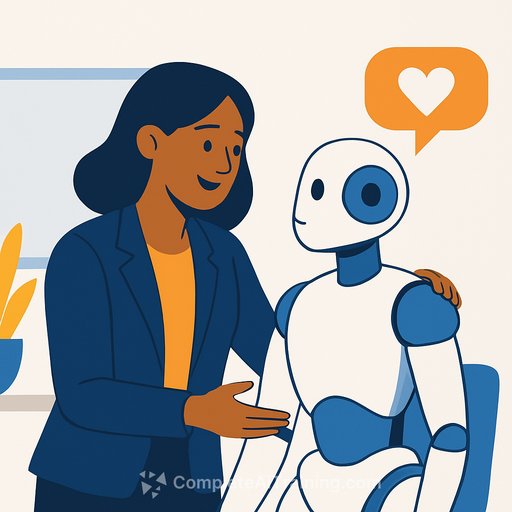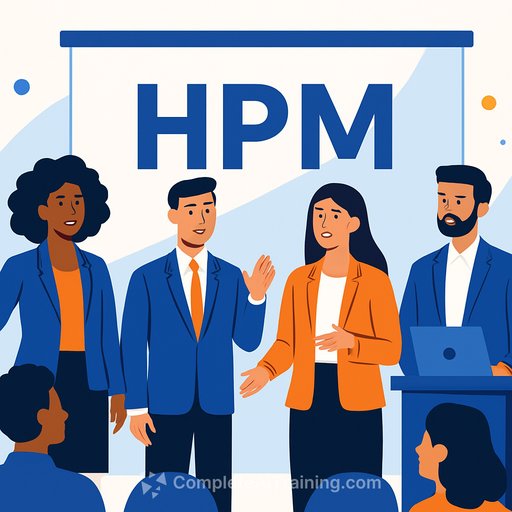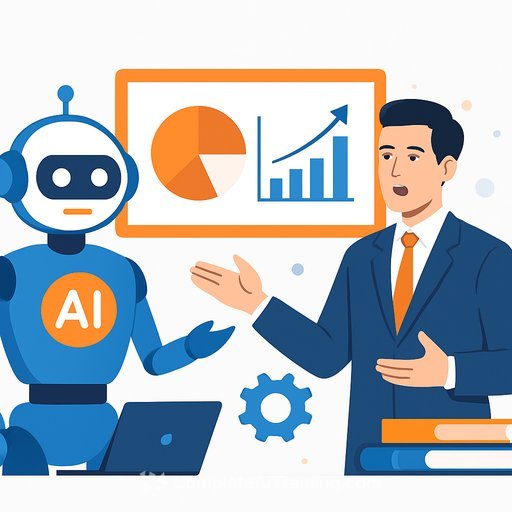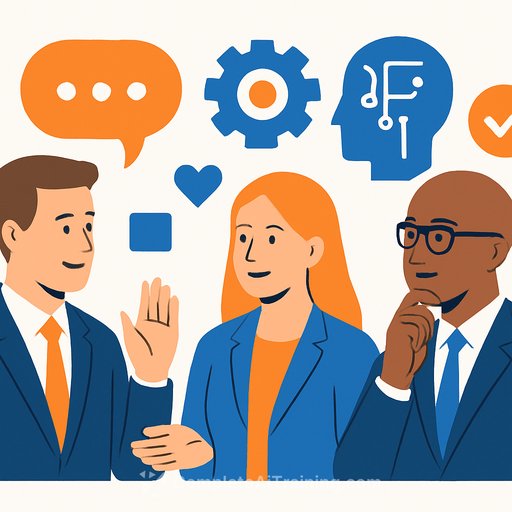AI can speed HR work. Leadership still comes down to people.
About 150 students and faculty packed Jeff T. Blau Hall at the University of Michigan to hear Tiffanie Boyd, chief people officer at McDonald's, speak on AI's role in HR. Hosted by the Sanger Leadership Center at the Ross School of Business and moderated by Monica Worline, the conversation cut through hype and focused on what actually moves the needle in organizations.
Boyd's core message was clear: AI can't replicate the people skills great leaders bring to work. "You can't just have managers who manage the work - they have to manage the people," she said. That means noticing motivation, bad days, and moments when a quiet word changes everything.
Leadership you can practice now
Boyd encouraged students to practice leadership in low-stakes environments where no one is getting paid. "If you can get people to work hard for you for free," she said, "you're going to be so far ahead when you're in a corporate setting." For HR, that's a reminder: influence beats authority. Your best programs win because people choose to engage, not because they have to.
What AI is actually good for in HR
At McDonald's, AI-supported systems are automating routine steps in recruiting through platforms like McHire, freeing teams to focus on higher-impact work. The point isn't replacing people; it's prioritization. Use AI to clear the noise so your team can spend more time on coaching, culture, and decisions that affect performance.
Boyd put it simply: AI is a tool that helps people spend time where humans make the biggest difference.
AI still needs human oversight
AI can be wrong, confident, and convincing - all at once. "If we get too complacent and just assume what comes at us, then we're giving away our agency," Boyd warned. Fact-checking AI output isn't optional; it's part of the job. Build habits that keep critical thinking front and center.
What students heard - and why it matters for HR
Students at the event walked away with a balanced view: AI can feel threatening, but it can also be empowering if you integrate it thoughtfully. That mirrors what many HR teams are feeling right now - pressure to move faster, and a need for clear guardrails.
Your practical playbook for AI in HR
- Map your workflows: List routine steps in sourcing, screening, scheduling, onboarding, and employee FAQs. Start automation where the risk is lowest and volume is highest.
- Keep humans in the loop: Require reviewer sign-off for high-stakes outputs (candidate summaries, performance insights, policy drafts).
- Audit data and bias: Set up regular checks for data quality and adverse impact. Align with recognized guidance like the NIST AI Risk Management Framework.
- Upskill your team: Train recruiters, HRBPs, and COEs on prompt quality, quality assurance, and privacy basics. A curated path can help - see AI courses by job role.
- Be transparent with employees and candidates: Explain where AI is used, what it does, and how decisions are made. Offer easy opt-out and appeal paths.
- Measure what matters: Track time-to-fill, candidate satisfaction, recruiter capacity, and quality-of-hire. If quality slips while speed improves, recalibrate.
Questions to ask any HR AI vendor
- What data do you use? How is it sourced, secured, and retained?
- How do you test for and mitigate bias? Can we see recent results?
- Can we explain outputs to candidates and employees in plain language?
- How does it integrate with our ATS/HRIS? What controls do admins have?
- What human override is built in, and how is accountability defined?
The takeaway for HR leaders
Use AI to clear the busywork. Use leaders to build trust, coach, and make the tough calls. The teams that win will do both: smart automation plus human leadership that people want to follow.
Your membership also unlocks:






